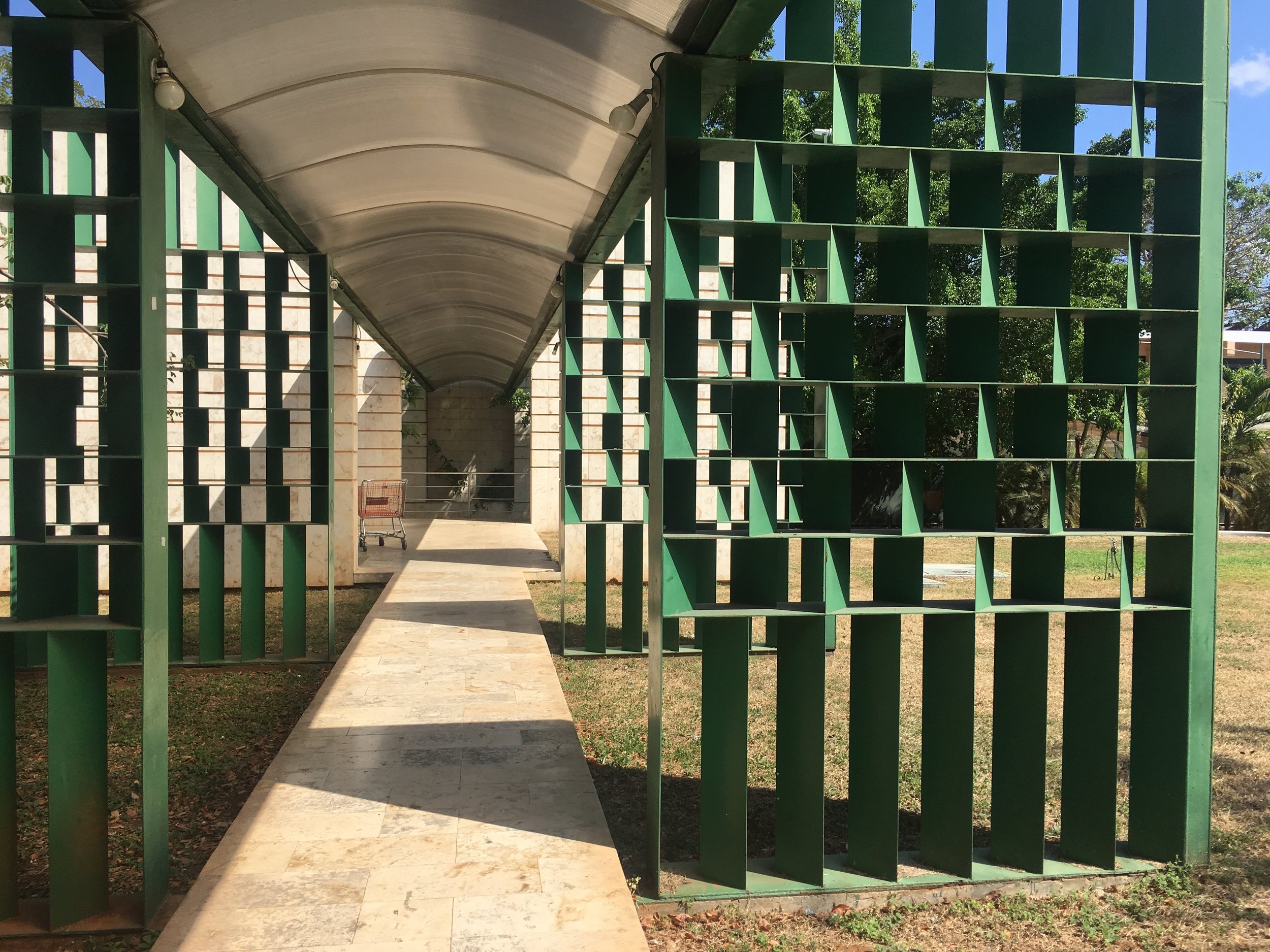Throughout the 'Fake News' uproar of the post-election cycle I kept thinking back to this line that I wrote in The Boy Kings about the launch of News Feed in 2006. The story concerns a moment when a Facebook coworker tested a News Feed story by putting the two of us 'in a relationship' on Facebook. I found out about the story being published in News Feed because my instant messenger started pinging with questions about it. That's to say that this News Feed story went 'viral' in the local social network, and the fact that it wasn't true didn't make it any less viral. The great innovation of News Feed was that it can write and distribute a story without narration by any human. The algorithm becomes the author. And while this particular early instance of 'fake news' in News Feed was funny, it was also when I realized that "we don't even write our own stories anymore."
It's also why I wrote about this in long form, because if algorithms are going to author stories for us, it seems prudent to maintain the ability to author our own. In a world in which algorithms assert their narrative power over us, and entire farms of 'Fake News' write stories substituting one celebrity for another in hopes of generating clicks, human authorship remains an alternate and potentially resistant form of narrative production. While we may not be able to escape narration by algorithm, we can still publish our own narrative and analysis.
But this becomes the threat to the technologies themselves: if narration by human subjects is seen as a resistant act, then companies that desire total narrative power must deflect the threat that human narration poses. It is not even the content of the narration but the fact of the narration itself-- the product of an individual's human values rather than an algorithm's A/B tested ones-- that becomes existentially threatening. This explains why human narration in Silicon Valley is now being modelled, avant-la-lettre, as an outlaw act. For one thing, if you write your own story, it might not be the story the algorithm or the company would tell; but even more fundamentally, to write is to assert disagreement that centralized algorithmic narration is always an adequate substitute for human authorship.
The commitment to algorithmic narration is probably also why Fake News has posed such a conundrum to algorithmically-driven companies this year. If companies have come to feel ownership over the telling of stories, then what happens when distant entities flood the algorithm with 'Fake News', beating the house algorithms at their own news-creation and -distribution game? It isn't just human writers who pose a threat to the ownership of narrative, but other automated storytellers.
In essence what the Fake News wars are about is who gets to tell stories and create news at all-- about who (or what, if a machine) is authorized and who is not. Technology companies could very well end up banishing 'Fake News' by moving to publish only news they create and approve, which creates a new monopoly on news and story creation. It is for this reason that as we head into a world dominated increasingly by centralized power, maintaining the ability to tell and write our own stories remains critical.














![In the combination Taco Bell and Urban Cabin [via Buzzfeed]](https://images.squarespace-cdn.com/content/v1/509ed5ade4b05a733d0fd0ba/1463678552256-KIO1TOFKTZGB7JG7L8YW/image-asset.png)